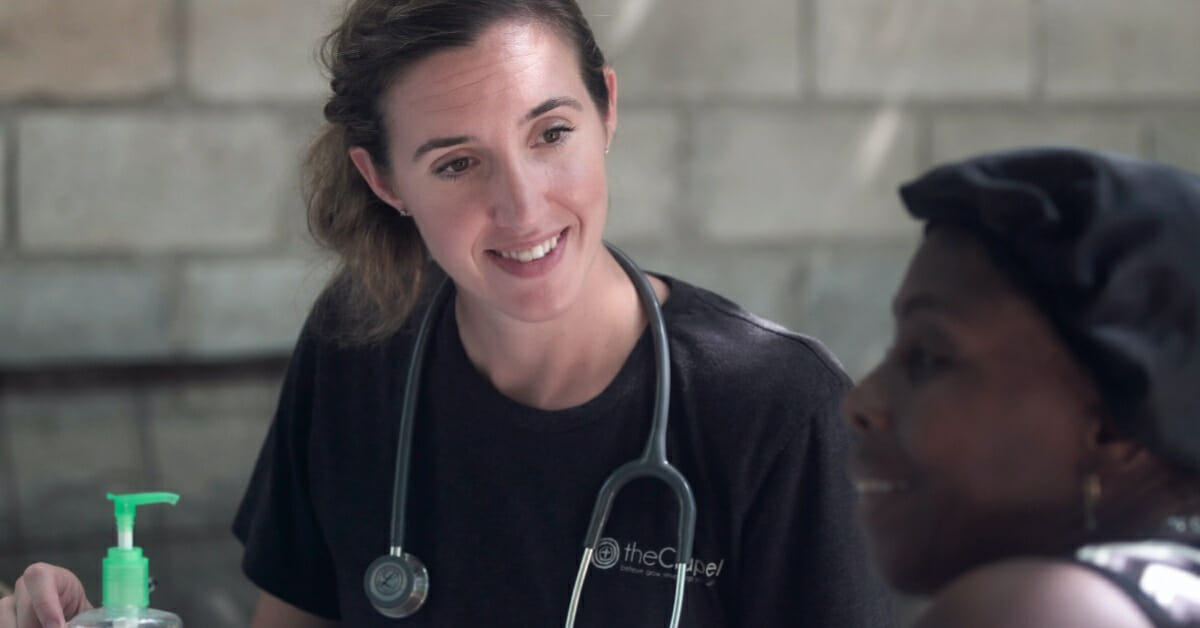Vascular medicine is the branch of medicine that focuses on the diagnosis and management of diseases affecting the blood vessels. Common conditions include atherosclerosis and peripheral arterial disease; venous diseases including deep vein thrombosis, vasculitides, and vascular malformations; and diseases of the lymph vessels.
For optimal comprehension, the learner should have prior knowledge of the histological characteristics of arteries, veins, and lymph vessels, and the mechanisms of humoral and cell-mediated immunity. A thorough understanding of coagulation factors and the physiology of coagulation is encouraged.
Vascular diseases, most notably hypertension, are one of the most important public health concerns in the Western world. The morbidity and complications associated with these vascular diseases can impair the function and quality of life of the affected individual.
Healthcare providers should be able to identify the most common signs and symptoms associated with vascular anomalies. Moreover, they should know the differences between pathologies that can be controlled at an outpatient level (e.g., mild hypertension) and those that require specialized or urgent care (e.g., deep vein thrombosis and subsequent pulmonary embolism).
Learning objectives
After the completion of this course, students should be able to:
- Describe the normal histological structure and physiological function of arteries, veins, and lymphatic vessels, including the roles of endothelial cells in vascular homeostasis.
- Define and describe peripheral artery disease (PAD) and its clinical manifestations, including intermittent claudication and pathogenesis.
- Identify arterial embolism sources and understand atrial fibrillation’s role in increasing embolic risk, particularly for stroke.
- Explain atherosclerosis development, morphology, and impact, along with the associated risk factors and consequences.
- Describe aneurysms and differentiate between true and pseudoaneurysms, including abdominal and thoracic aortic aneurysms’ presentation, treatment, and monitoring criteria.
- Understand Raynaud’s phenomenon, thromboangiitis obliterans, and chronic venous insufficiency in terms of symptoms, triggers, and treatment.
- Define hypertension, its complications, diagnostic criteria, risk factors, and treatment, including blood pressure regulation mechanisms.
- Recognize venous thromboembolism (VTE) and deep vein thrombosis (DVT) causes, risk factors, complications, and diagnostic strategies, as well as treatment protocols.
- Describe vasculitis classifications, etiologies, clinical manifestations, and treatment approaches.
- Identify common vascular malformations and lymphatic system components, including their structure, function, and associated disorders.
Course outline
- Vascular Histology & Physiology Review
- Arterial Diseases
- Venous Diseases
- Inflammatory Vascular Diseases
- Vascular Malformations
- Diseases of the Lymphatic System

